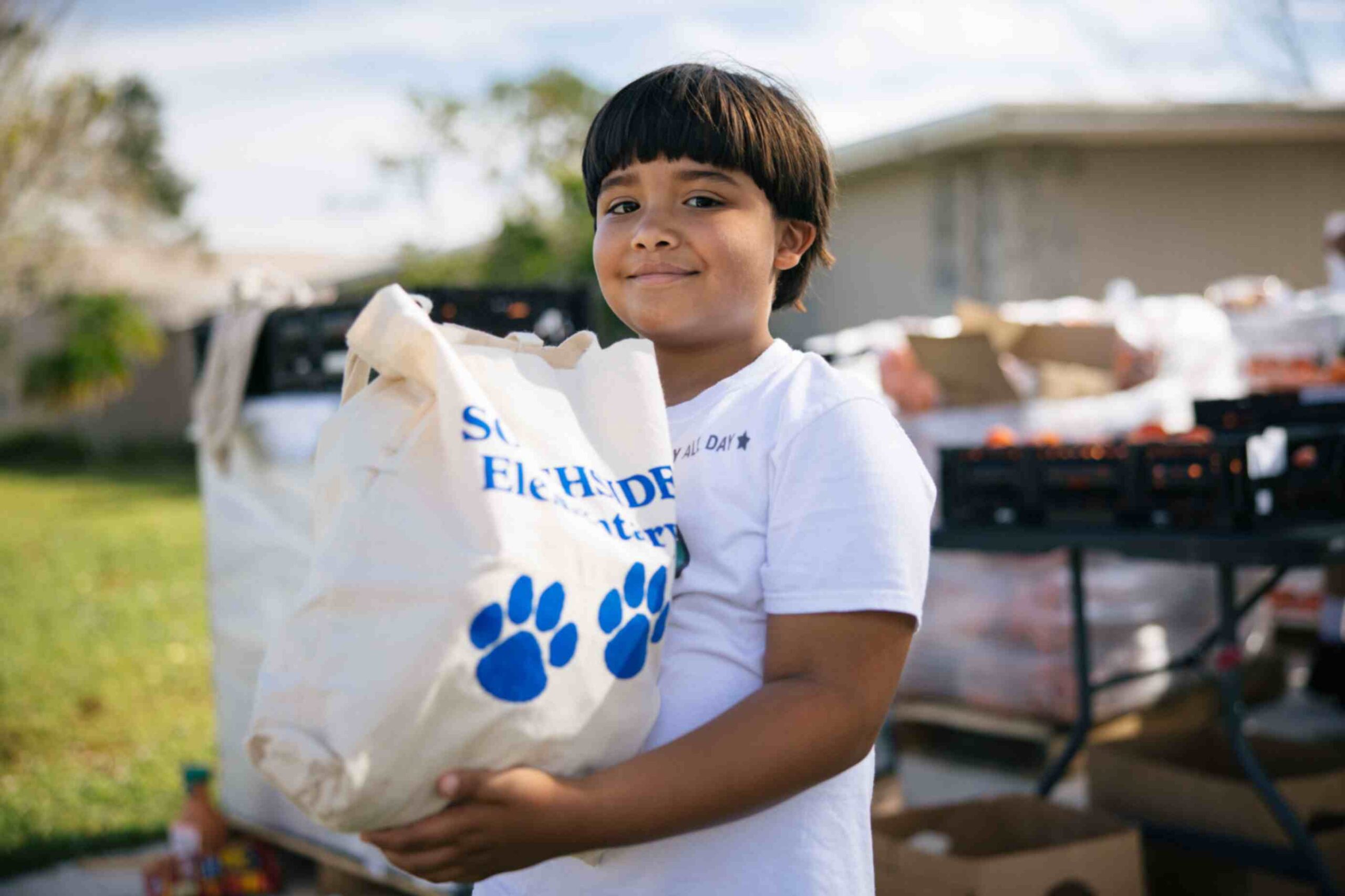Public Reports
2021 Strategic Plan
In 2017, when the Foodbank unveiled its three-year Strategic Plan, the organization presented a shift in focus from simply providing food for a person to eat for a day to engaging in actions that would build awareness about factors that cause individuals to routinely seek food assistance. Now, leading with a greater understanding about the causes and consequences of food insecurity, we’ve taken the time to refresh our Strategic Plan and include updated organizational values, goals and priorities. The refreshed Strategic Plan “connects the dots” based on what we have learned within the last five years. Further, it builds upon our 40 years of service to ensure we, together, can make a transformational impact in our community for years to come.

Ending Hunger Today, Nourishing Hope for Tomorrow
On our 40th anniversary we shared our second public report, “Ending Hunger Today, Nourishing Hope for Tomorrow.” This report was designed to help our organization, partners, and community of supporters engage in a process of looking back and forward.

Hunger and Food Insecurity: The Root Causes and Consequences
In this report, “Hunger and Food Insecurity: The Root Causes and Consequences,” we offer a glimpse of the complex factors guiding the evolution of our work.
